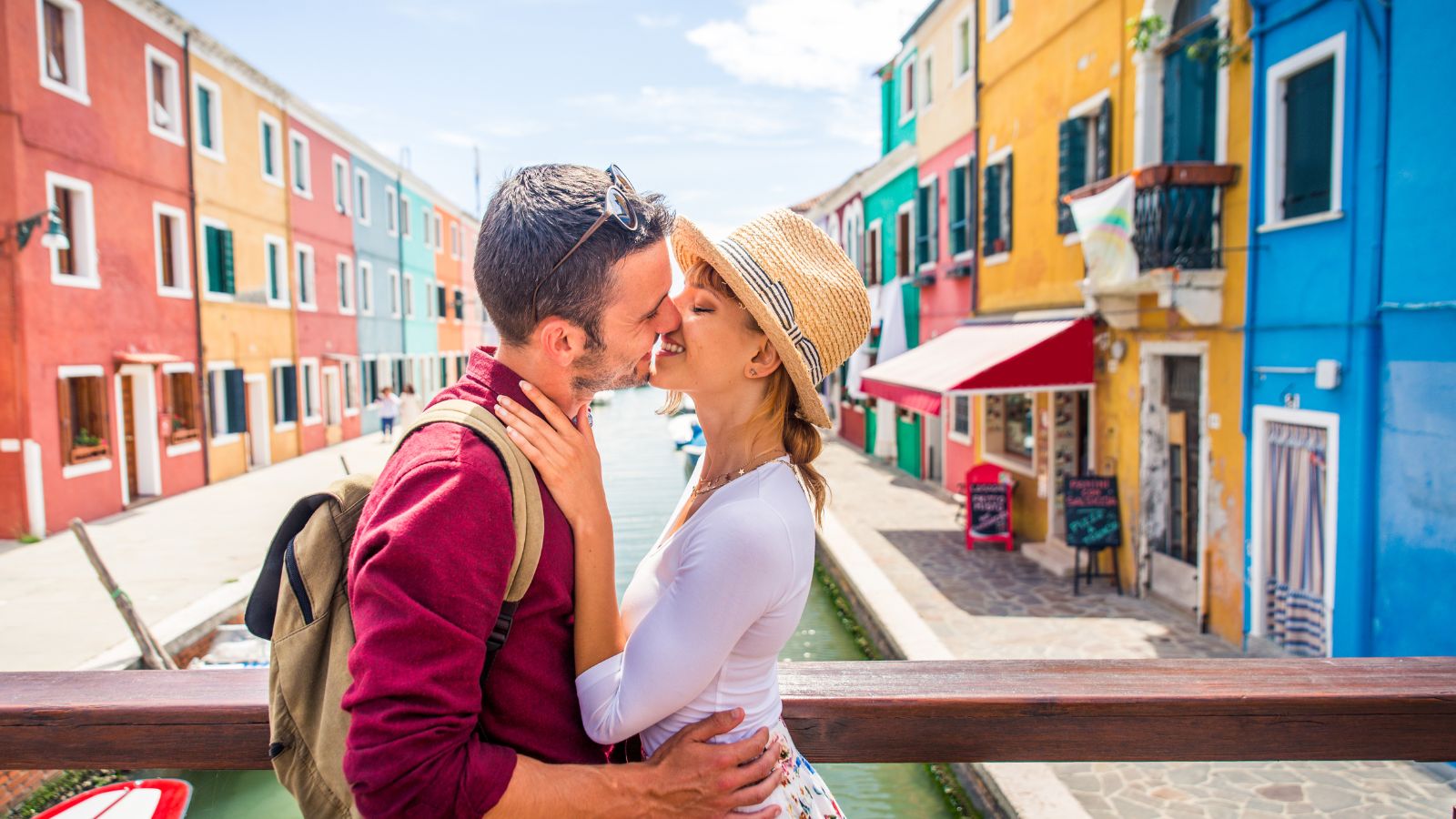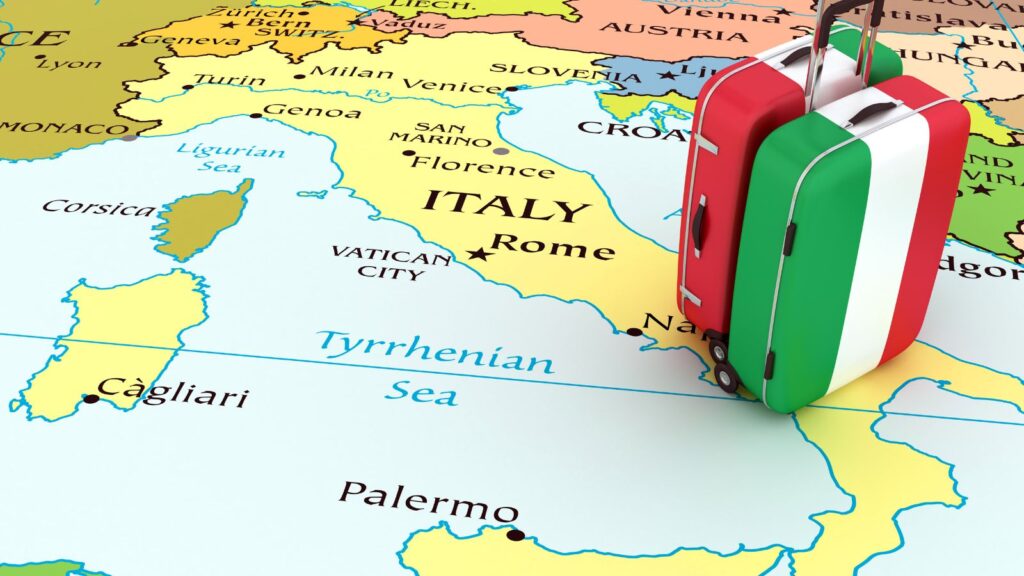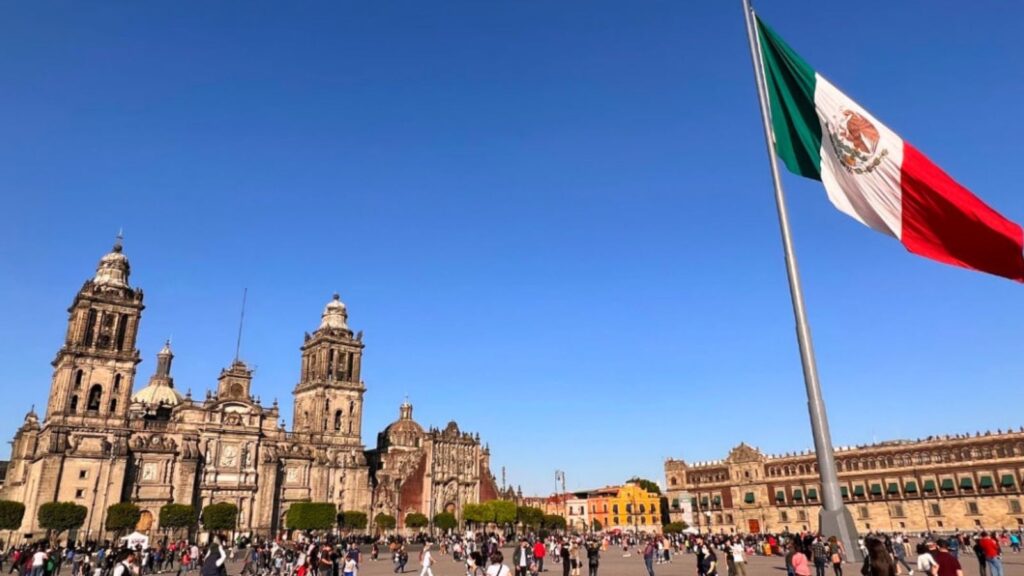Tips for Traveling to Italy, with its rich history, stunning landscapes, and mouth-watering cuisine. But for first-time visitors, navigating this beautiful country can be a bit overwhelming. That’s why it’s essential to arm yourself with a few handy tips before embarking on your Italian adventure.
Knowing the best time to visit, understanding local customs, or even mastering a few Italian phrases can significantly enhance your travel experience. From the romantic canals of Venice to the ancient ruins of Rome, Italy’s got something for everyone. So whether you’re a history buff, a foodie, or simply someone seeking a unique travel experience, Italy won’t disappoint.
Tips for Traveling to Italy
Visitors should understand that the ideal time for visiting Italy greatly depends on the tourist’s interest. From vibrant spring to sunny summer, tranquil fall, or cosy winter, each season paints Italy with a unique shade of beauty. We will delve into the ideal times to visit Italy based on weather conditions and crowd levels.
Italy is often busiest during Summer, specifically from June to August. This time is sunny and warm, perfect for beach holidays and sipping icy limoncello on the sun-soaked piazzas. Tourist hotspots such as Rome, Venice and Florence become particularly vibrant, abuzz with activity as visitors swarm in to get their holiday fill.
However, summer may not be the best time for everyone. If crowded cities and high temperatures aren’t your cup of Cappuccino, consider visiting in the Spring (April to June) or Fall (September and October). The weather during these months is generally comfortable, with pleasant temperatures and moderate crowd levels, ensuring a serene experience. Smell the fresh blooms dotting the Tuscan landscapes in spring or savour the gastronomic wonders during harvest festivals in Autumn.
If winter magic captivates you, a visit from November through February should be on your radar. You get to avoid the tourist rush and enjoy the mist-kissed landscapes, with snowy peaks and festive markets. Imagine a Christmas filled with vin brulè, panettone, and scenic snow-capped vistas. Do keep in mind, though; the south remains relatively warmer, while northern Italy embraces the chill.

Italian Customs and Etiquette
Moving past the question of when to visit, another crucial aspect to discuss revolves around Italian Customs and Etiquette. Understanding these basic norms can make a traveller’s journey smoother and more enjoyable. From dining habits to greeting methods, Italy has unique practices that might differ from those in other countries.
In Italy, food and drink play a significant role in daily life and culture. When eating out, dining etiquette is important. Italians usually have their meals in order – a starter, first course, second course, dessert, coffee, and then a digestive like grappa or limoncello. They also take their time while eating, treating each meal as an opportunity to relax and converse with family and friends. Therefore, don’t be surprised if dinners last for a couple of hours.
Italians place a strong emphasis on personal interactions. They tend to be warm and expressive, often greeting each other with cheek kisses. Eye contact is considered respectful and direct when conversing, so don’t shy away from maintaining a steady gaze. This might feel intense for some visitors, but it’s a regular part of Italian communication.
Tips for Traveling to Italy, especially when invited to a home, is common. Usually, chocolates, flowers, or wine would suffice. When choosing flowers, refrain from giving chrysanthemums as they’re associated with funerals.

Essential Italian Phrases for Travelers
Moving on into the depths of their Italian adventure, travellers will certainly need to arm themselves with a few key Italian phrases. Here’s the thing about travelling: it often becomes a lot easier and more rewarding when one makes an effort to communicate in the local language. Knowing some Italian phrases doesn’t just help in getting directions or ordering food, it’s a tool to break the ice with locals and show a level of respect for their culture.
Many Italians do speak English, especially in urban areas. But when one ventures into rural corners of Italy or simply bumps into older generations who may not speak English, having a basic handle on Italian phrases can often come in handy.
Every phrase holds with it a musicality, a small window into the Italian way of life. As travellers continue to explore Italy’s landscapes and cityscapes, they’ll discover that learning a bit of Italian isn’t as much about utility as it’s about passionate expressions and connecting with the essence of Italy.



